Some medical conditions are so unusual or oddly named that they sound more like the stuff of urban legends than legitimate diagnoses. Yet, behind these bizarre labels are real people living with genuine and sometimes life-altering symptoms. From syndromes that turn skin to tree bark to those that make you allergic to water, the world of medicine is full of surprises. This article explores 15 real medical conditions that defy belief, highlighting how truth can sometimes be stranger than fiction. Prepare to be amazed—and informed.
1. Exploding Head Syndrome
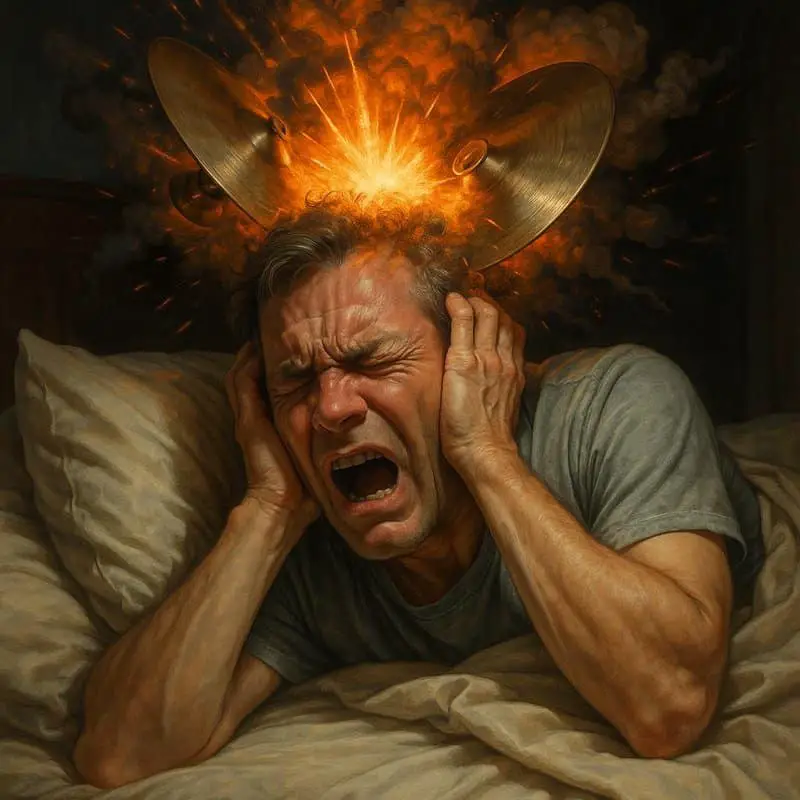
Despite its dramatic name, Exploding Head Syndrome doesn’t cause any physical explosions. Instead, people experience sudden, loud noises—like cymbals crashing or bombs going off—right as they’re falling asleep or waking up. These episodes can be terrifying, often leaving sufferers anxious or confused, but they’re completely harmless physically. Researchers believe the condition may be linked to minor glitches in the brain’s transition between wakefulness and sleep. According to Sleep Foundation, stress and fatigue might trigger these episodes.
2. Alice in Wonderland Syndrome

Named after the famous literary tale, Alice in Wonderland Syndrome causes people to perceive their surroundings—and even their own bodies—in wildly distorted ways. Objects may seem to shrink, grow, or warp, and a person’s limbs might feel oddly out of proportion. This condition most often affects children and is usually associated with migraines or viral infections. Episodes can be disorienting and surreal, but they are typically temporary and not harmful.
3. Foreign Accent Syndrome

Imagine waking up and suddenly speaking with a foreign accent you’ve never learned—this is the reality for those with Foreign Accent Syndrome. Typically triggered by a stroke or brain injury, this rare neurological disorder alters speech patterns so dramatically that sufferers appear to have a new accent. Notable cases have been reported worldwide, and studies like those from the National Institutes of Health continue to investigate its mysterious origins and effects.
4. Walking Corpse Syndrome (Cotard’s Delusion)

Walking Corpse Syndrome, or Cotard’s Delusion, is a rare psychiatric disorder where individuals genuinely believe they are dead, do not exist, or are missing vital organs. This disturbing condition often appears alongside severe depression or following a neurological illness. Patients may neglect basic self-care, convinced they have no need to eat or live. Documented cases highlight just how profoundly our brains can shape our sense of reality.
5. Stone Man Syndrome (FOP)
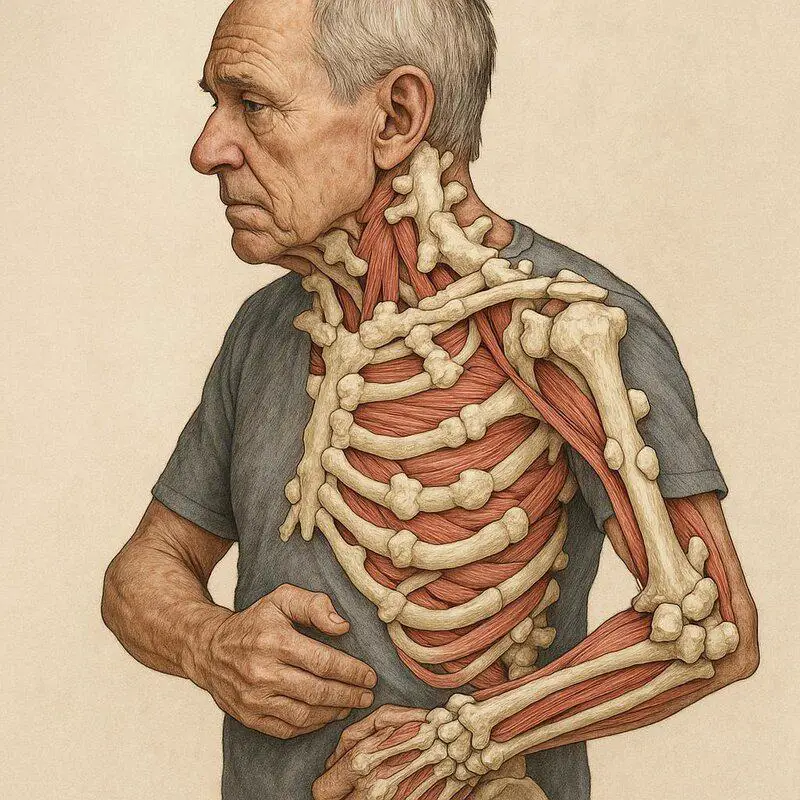
Stone Man Syndrome, medically known as fibrodysplasia ossificans progressiva (FOP), is an incredibly rare genetic disorder that causes soft tissues like muscles, tendons, and ligaments to gradually turn into bone. This relentless process restricts movement, often leading to severe disability as joints become locked in place. No cure currently exists, but researchers are actively investigating potential treatments to halt or slow the progression of this life-altering condition.
6. Laughing Death (Kuru)

Known as Laughing Death, Kuru is a fatal neurodegenerative disorder that haunted certain tribes in Papua New Guinea. Victims would experience bouts of uncontrollable laughter, tremors, and loss of coordination as the disease rapidly progressed. Kuru was transmitted through ritualistic cannibalism, particularly the consumption of brain tissue, and is closely related to other prion diseases like mad cow disease. Thankfully, the condition has virtually disappeared since such practices ended.
7. Alien Hand Syndrome

Alien Hand Syndrome is a rare and unsettling neurological disorder in which one hand seems to act entirely on its own, without conscious control. This phenomenon typically emerges after brain surgery, stroke, or trauma affecting certain brain regions. The affected hand may perform involuntary movements—such as grabbing objects or undoing tasks the other hand just completed—sometimes even acting against the person’s intentions. Case studies have documented the profound impact this syndrome can have on daily life.
8. Fish Odor Syndrome (Trimethylaminuria)
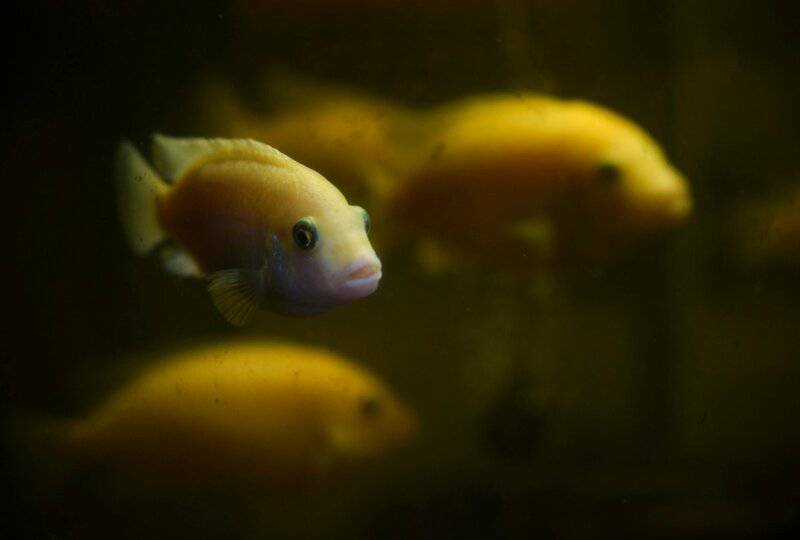
Fish Odor Syndrome, or trimethylaminuria, is a rare metabolic disorder that causes a persistent, fish-like body odor. This condition results from the body’s inability to break down trimethylamine, a compound found in certain foods. The disorder is genetic, often inherited in an autosomal recessive pattern, and can cause significant psychological distress. While there’s no cure, management strategies include dietary restrictions and the use of specific soaps or antibiotics to reduce odor.
9. Stendhal Syndrome

Stendhal Syndrome is a fascinating psychosomatic disorder that strikes when individuals are deeply moved by art or breathtaking scenery. Symptoms can include dizziness, heart palpitations, confusion, and even visual or auditory hallucinations. Named after the 19th-century author Stendhal, who described these sensations during his travels in Florence, this condition is most famously reported among visitors to renowned art museums. Experts believe that overwhelming beauty can trigger intense emotional and physical reactions in sensitive individuals.
10. Jumping Frenchmen of Maine

The Jumping Frenchmen of Maine describes a rare startle disorder first documented among French-Canadian lumberjacks in the 19th century. When startled, those affected would exhibit extreme, involuntary jumps, shout, or even mimic words and actions without control. Researchers believe this condition may be a genetic or culturally influenced neurological disorder, but its exact cause remains a mystery. Episodes can be so exaggerated they seem theatrical, yet they are entirely involuntary.
11. Werewolf Syndrome (Hypertrichosis)
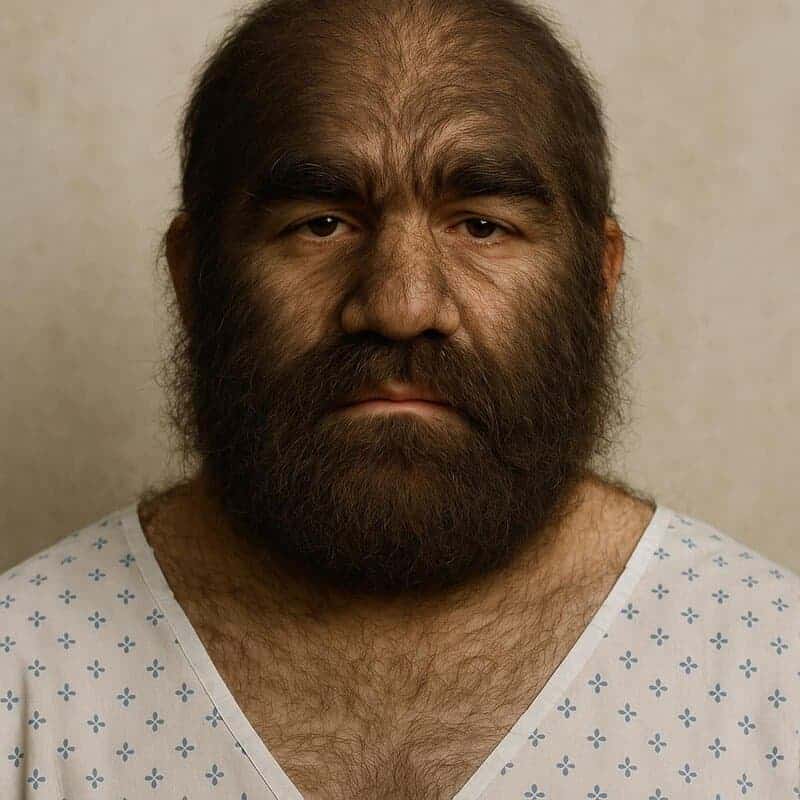
Werewolf Syndrome, scientifically known as hypertrichosis, is a rare condition characterized by excessive hair growth all over the body—even in areas not typically hairy. This phenomenon can be genetic, present from birth, or acquired later in life due to certain medications or illnesses. Notable cases throughout history have inspired myths of werewolves and “wolf people.” According to the National Organization for Rare Disorders, treatment options are limited, focusing mainly on hair removal and managing underlying causes.
12. Morgellons Disease
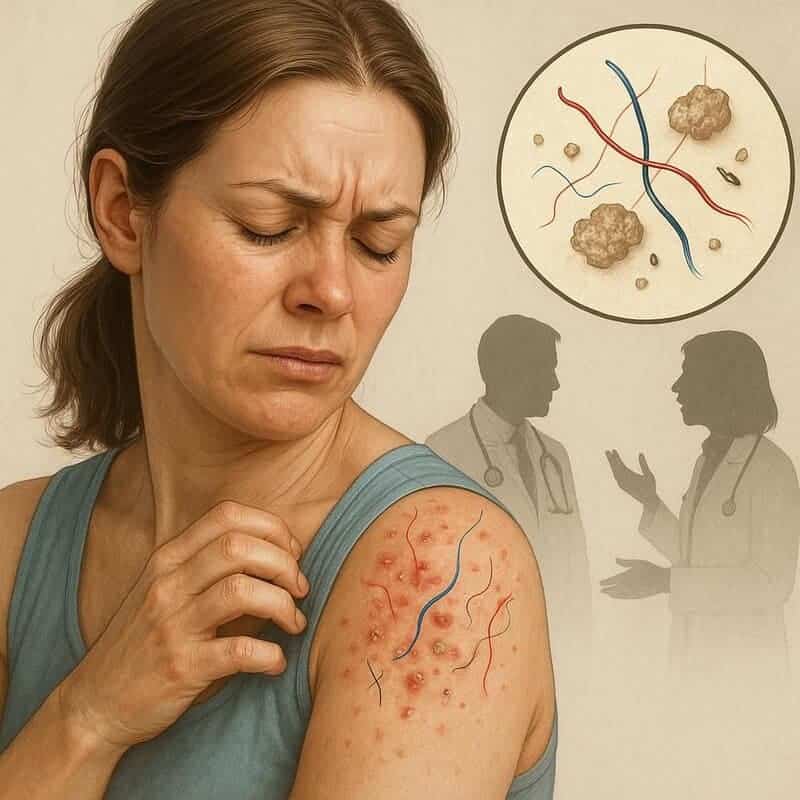
Morgellons Disease is a contentious and poorly understood skin condition in which individuals report sensations of crawling, stinging, or biting on the skin, along with the emergence of strange fibers or particles. The medical community remains divided: some experts view it as a physical disorder, while others consider it a form of delusional parasitosis. Ongoing research seeks to better understand its origins and whether there is a biological basis behind these mysterious symptoms.
13. Maple Syrup Urine Disease
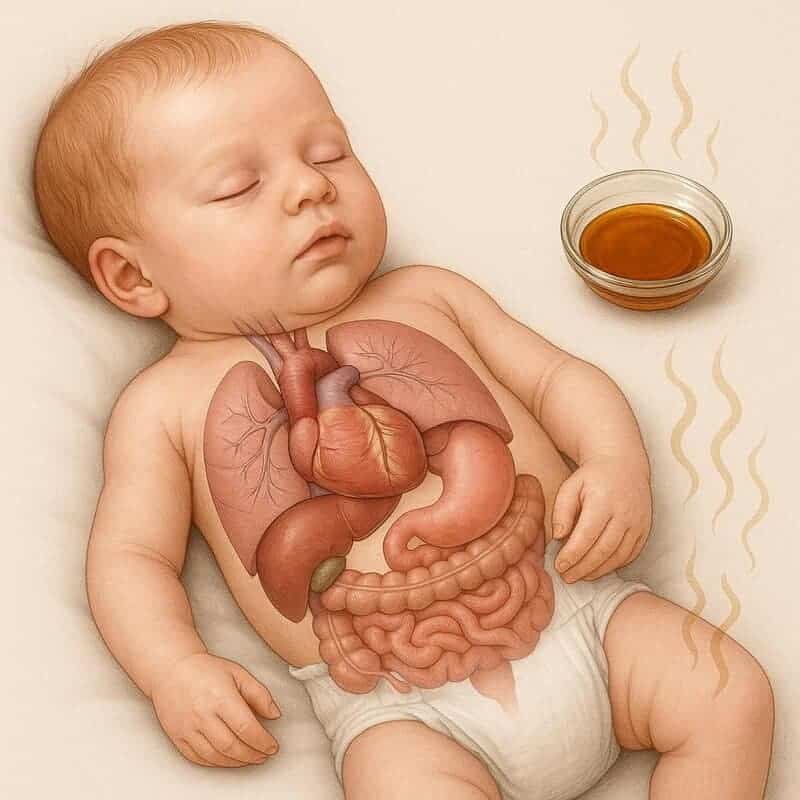
Maple Syrup Urine Disease (MSUD) is a rare genetic disorder that prevents the body from properly breaking down certain amino acids. This leads to a buildup of substances that give urine—and sometimes sweat—a distinctive sweet, maple syrup-like odor. Diagnosed most often in infancy through newborn screening, MSUD can cause serious health problems if untreated. Treatment typically involves a special diet and careful medical management to prevent dangerous complications.
14. Dancing Mania

Dancing Mania, also known as St. Vitus’ Dance, refers to mysterious historical outbreaks where large groups of people danced frenetically for days or even weeks. Most famously reported in medieval Europe, these episodes sometimes ended only from exhaustion or collapse. Modern researchers have proposed various explanations, from mass psychogenic illness to ergot poisoning (from moldy rye). Dancing mania remains one of history’s strangest collective medical mysteries, blurring the line between psychological and physical illness.
15. Blue Skin Disorder (Methemoglobinemia)
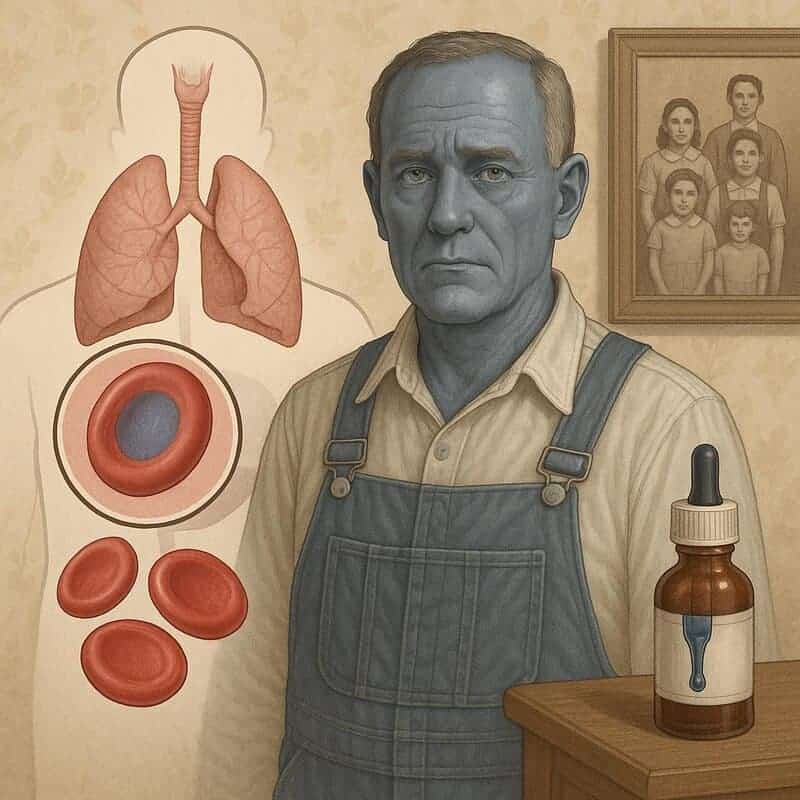
Blue Skin Disorder, or methemoglobinemia, is a rare blood condition where an abnormal amount of methemoglobin reduces oxygen delivery, causing the skin to appear blue or slate-gray. One of the most famous examples is the “Blue People of Kentucky,” a family whose genetic condition captivated doctors for generations. Today, methemoglobinemia can often be managed with medications such as methylene blue, offering hope for those affected by this striking disorder.
Disclaimer

This article is intended for informational purposes only and should not be considered a substitute for professional medical advice, diagnosis, or treatment. If you have concerns about any of these conditions—or your health in general—please consult a qualified healthcare provider. Stay informed, stay curious, and always prioritize your well-being.
.article-content-img img { width: 100% }



Vielleicht interessiert es Sie:
Wussten Sie! Minensuchratten auf dem Schlachtfeld und sie sind super effektiv!
Wie viele Giraffenarten gibt es? Leben sie alle in Afrika?
Der Vogel ist das Weibchen der Vögel: wahr oder falsch?
Warum bauen Biber Dämme? Welchen Nutzen?
Warum leben manche Tiere nachtaktiv? Welche Vorteile?
Küssen Tiere? Ist das die gleiche Bedeutung wie Menschen?
200+ Hilarious Seahorse Jokes That Will Make You Smile and Giggle
200+ Funny Investment Jokes to Boost Your Financial Humor Game